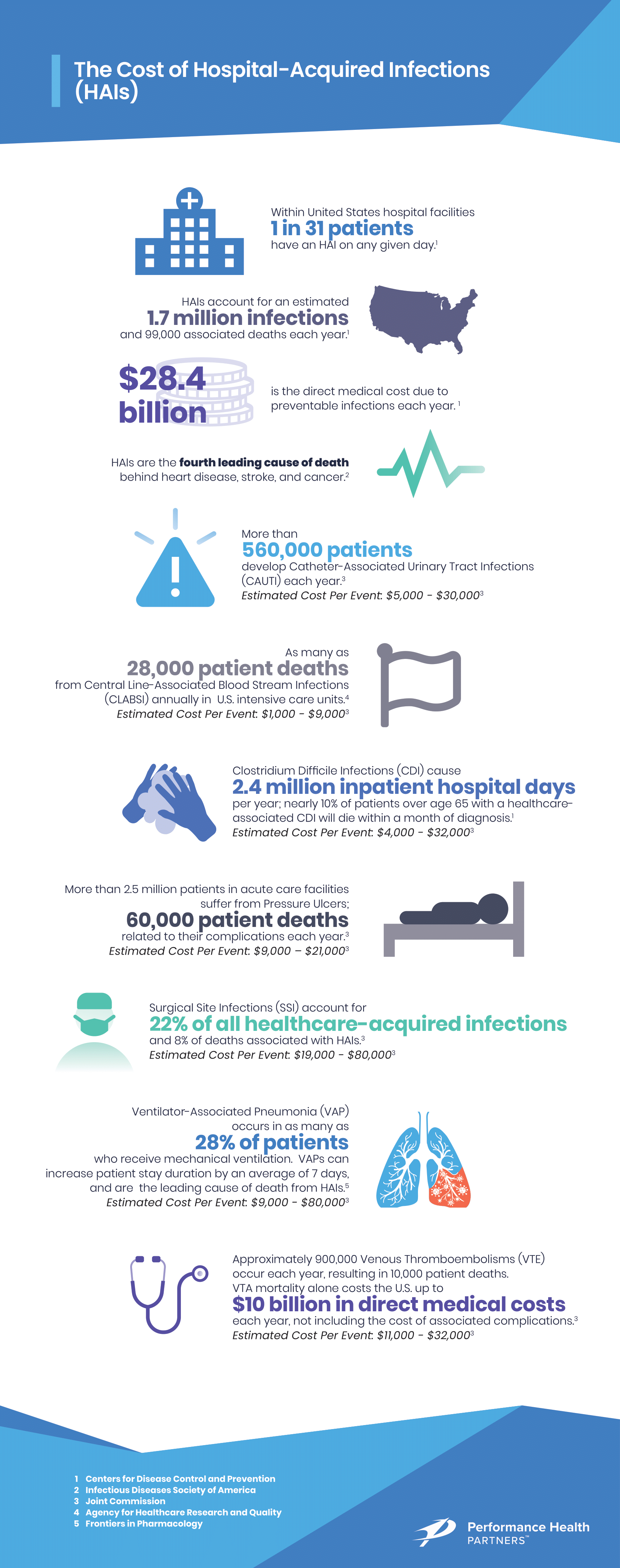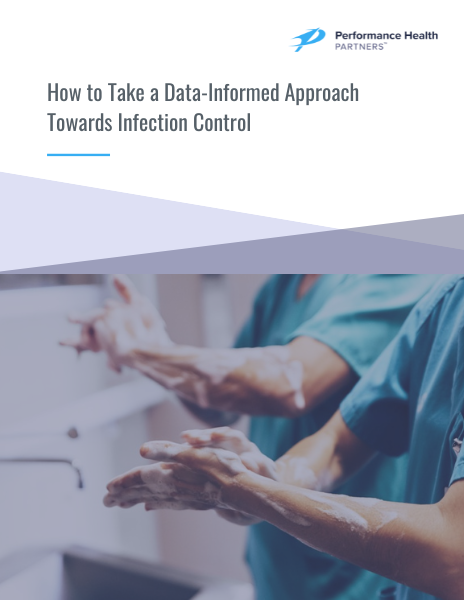The Cost of HAIs
The Centers for Disease Control and Prevention estimates that 1 in 20 patients will develop a healthcare-associated infection (HAI), a condition developed while receiving treatment at a healthcare facility. These infections are contracted by an estimated 1.7 million patients every year and are the cause of some 99,000 deaths annually. The estimated cost of HAIs ranges from $35.7 to $45 billion.

Furthermore, as we have seen with the COVID-19 pandemic, new pathogens are emerging every day and are evolving to resist treatments. This is only adding to the constant threat of preventable harm that patients already face when being treated in a hospital.
For these reasons, infection control has become a top priority for many organizations in the healthcare space.
Although most healthcare organizations understand the importance of tracking infections using a data-informed approach, barriers in internal processes can make it difficult for care teams to effectively collect and analyze data. With limited budgets, resources, and personnel, many health systems are compelled to take a reactive approach – rather than a proactive one – toward infection control.
Conversely, other health systems face the opposite challenge of having too much data. “Data overload” can occur when organizations have so much information that it becomes difficult to analyze. This is often because relevant data is housed across siloed, disparate systems.

